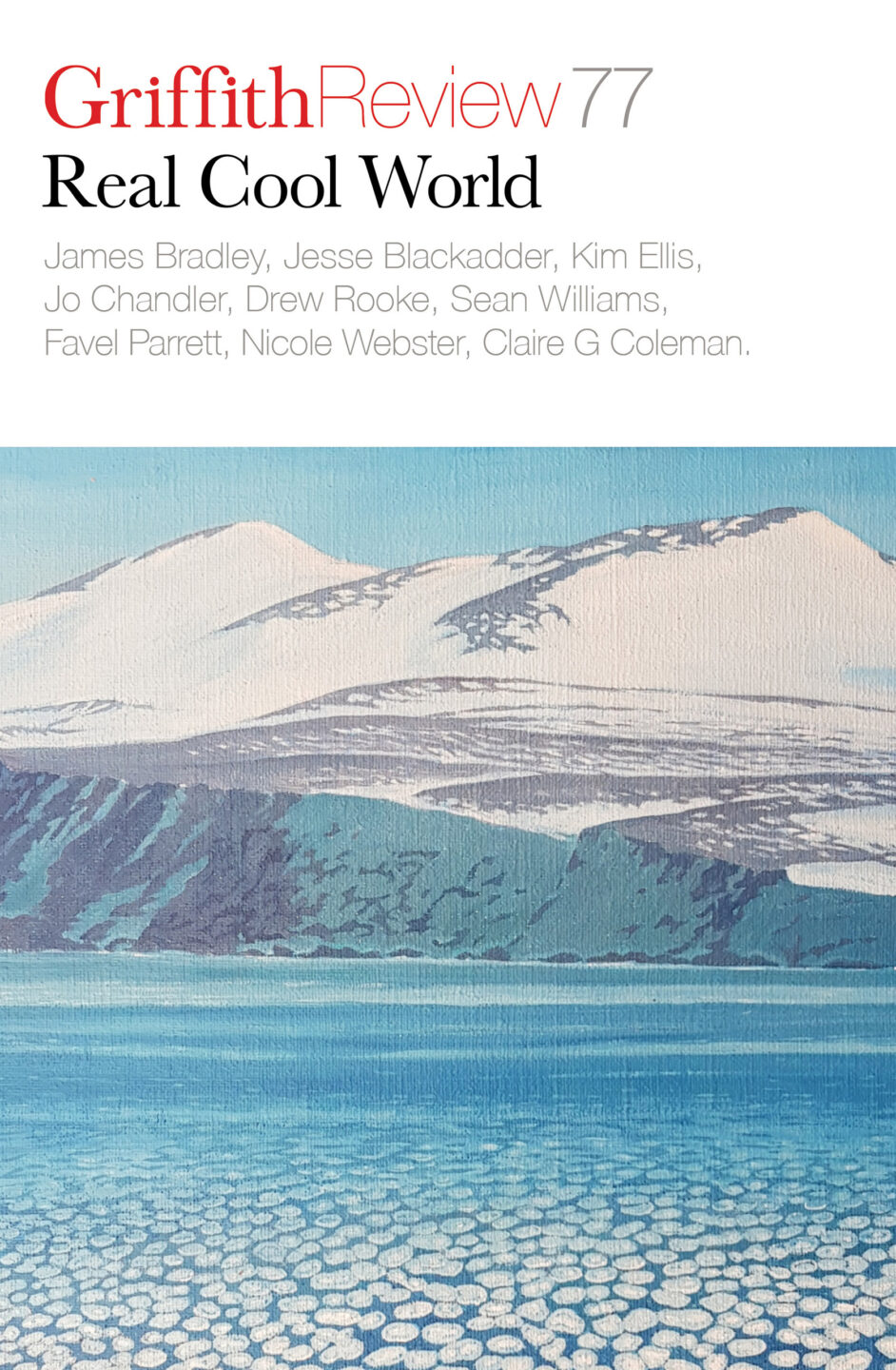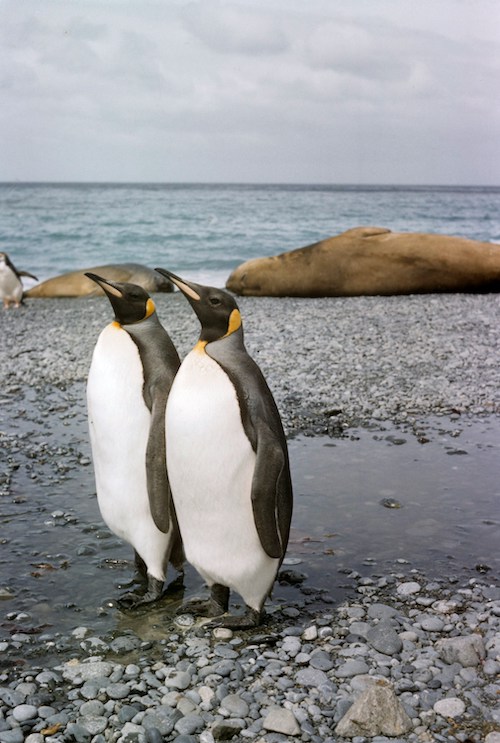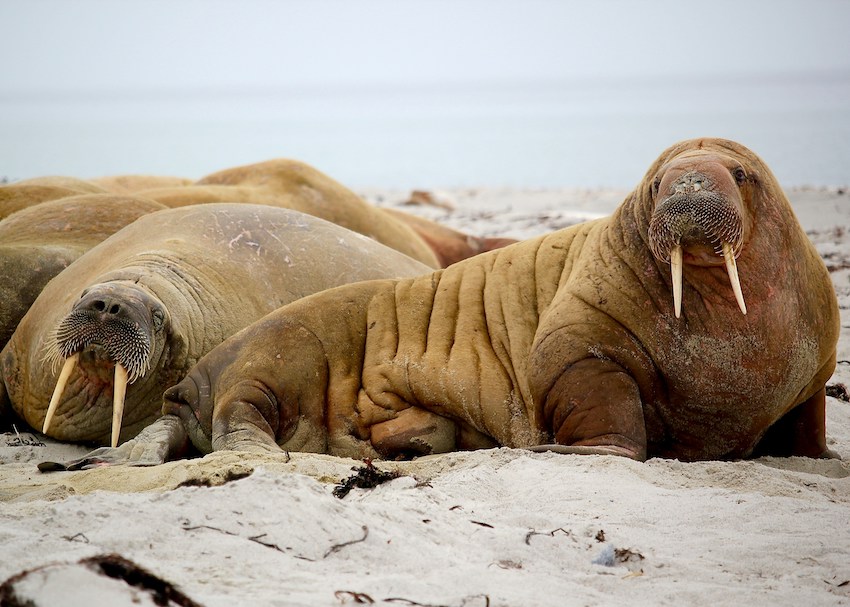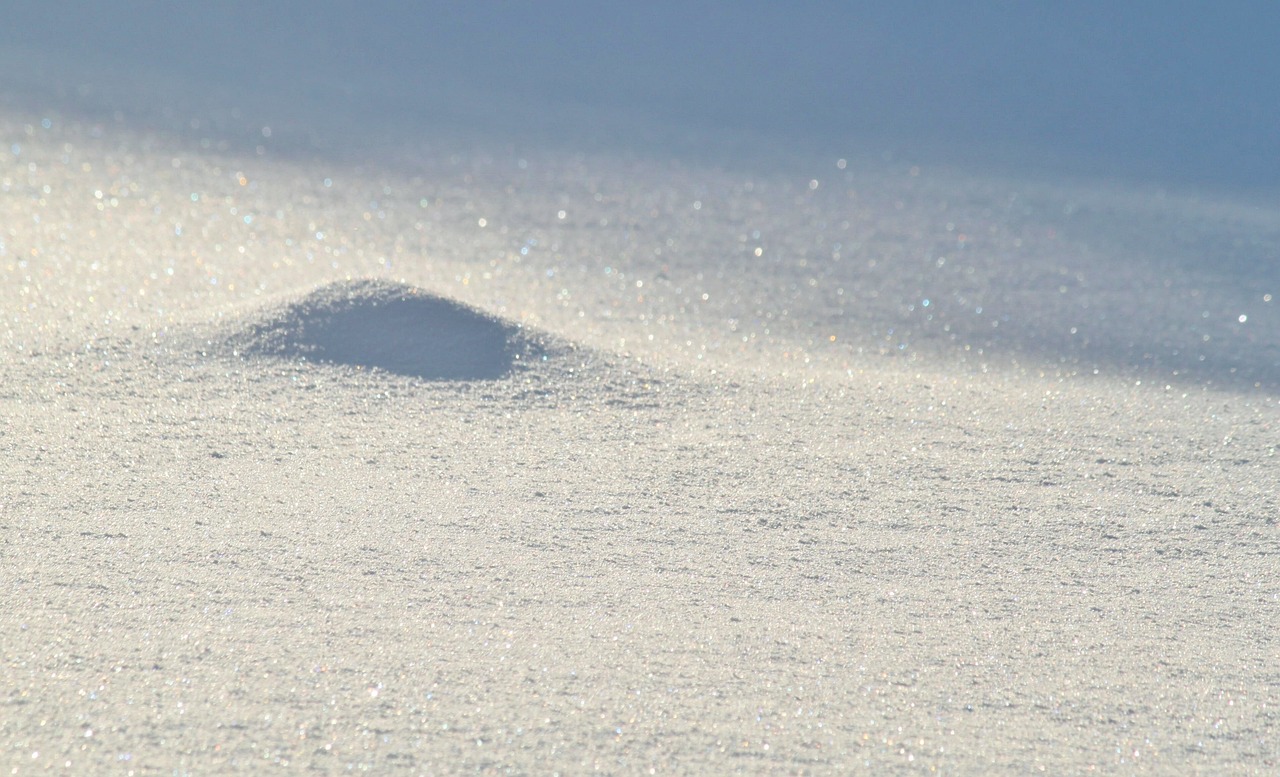Featured in

- Published 20220503
- ISBN: 978-1-922212-74-0
- Extent: 264pp
- Paperback (234 x 153mm), eBook


Already a subscriber? Sign in here
If you are an educator or student wishing to access content for study purposes please contact us at griffithreview@griffith.edu.au
Share article
More from author

Hidden tracks
Non-fictionYoung and Kucyk are as good at tracking down hard-to-find people as they are at tracking down hard-to-find music, although sometimes they do reach dead ends. Their methods aren’t particularly advanced and are often helped by luck. Sometimes they’ll raid the White Pages. Sometimes they’ll search for relatives of musicians online. Sometimes – as in the case of another song on Someone Like Me – they’ll scour through five years’ worth of archived weekly newsletters from a Seventh Day Adventist Church in the UK and Ireland and spot a tiny article that contains the full name of a mysterious musician they’re trying to find.
More from this edition

Postcards from the frontline
EssayThe Antarctic Treaty was negotiated between May 1958 and June 1959, an impressively short period of time given formidable geopolitical issues that needed to be addressed: the status of sovereign claims and Cold War competition.

Among ancient moss forests
Essay IT WAS FEBRUARY 2022 when I started writing this essay, and I was returning from three weeks in Antarctica. As we flew back to...

Red heart, red ship
MemoirWhen I was twelve years old, I was head over heels in love with a little red ship, the Danish polar vessel Nella Dan. She worked for the Australian Antarctic Division for twenty-six years, and in the 1980s Hobart was her home away from home.